The US Air Force has declared ‘Initial Operational Capability’ for the F-35A, the latest milestone for the stealth aircraft.
The F-35 family includes three variants – all single-seat jets: the F-35A conventional takeoff and landing (CTOL) variant, the F-35B short takeoff/vertical landing (STOVL) variant, and the F-35C carrier variant (CV).
Gen. Hawk Carlisle, the commander of Air Combat Command, declared the F-35A ‘combat ready’.
Carlisle lauded the aircraft’s performance, noting that the aircraft had met all key criteria for reaching initial operational capability:
Airmen trained, manned and equipped to conduct basic close air support, interdiction, and limited suppression/destruction of enemy air defences in a contested environment with an operational squadron of 12-24 aircraft; the ability to deploy and conduct operational missions using program of record weapons and missions systems; and having all necessary logistics and operational elements in place.
Carlisle said:
“I am proud to announce this powerful new weapons system has achieved initial combat capability. The F-35A will be the most dominant aircraft in our inventory, because it can go where our legacy aircraft cannot and provide the capabilities our commanders need on the modern battlefield.”
The F-35A is the latest addition to ACC’s fleet of deployable and fifth generation aircraft. It provides air superiority, interdiction, suppression of enemy air defenses and close air support as well as great command and control functions through fused sensors, and will provide pilots with unprecedented situational awareness of the battlespace that will be more extensive than any single-seat platform in existence.
Deborah Lee James, Secretary of the Air Force said:
“Bringing the F-35A to initial combat readiness is a testament to our phenomenal Airmen and the outstanding support of the Joint Program Office and our enterprise partners. This important milestone for our fighter force ensures the United States, along with our allies and international partners, remains prepared to deter, deny, and defeat the full spectrum of growing threats around the globe.”
Gen. David Goldfein, Chief of Staff of the Air Force, said:
“The combat ready F-35A is the latest fifth generation fighter aircraft in the Air Force’s inventory and provides our nation air dominance in any environment. The F-35A brings an unprecedented combination of lethality, survivability, and adaptability to joint and combined operations, and is ready to deploy and strike well-defended targets anywhere on Earth. Today’s declaration of IOC is an important milestone on the road to achieving full warfighting capability for the F-35A.”
An F-35 JPO Statement, attributable to Lt. Gen. Chris Bogdan – F-35 Program Executive Officer, read:
“The U.S. Air Force decision to make the 15 F-35As at Hill Air Force Base combat ready sends a simple and powerful message to America’s friends and foes alike – the F-35 can do its mission.
The declaration of initial operational capability marks an important milestone as the Air Force will operate the largest F-35 fleet in the world with more than 1,700 aircraft. The F-35 will form the backbone of air combat superiority for decades and enable warfighters to see adversaries first and take decisive action.
The F-35 links the Air Force, Navy, Marines and our allies together as a strong, interoperable, warfighting coalition. Last year the F-35 Joint Program Office and our industry partners worked hand-in-hand with the U.S. Marine Corps to achieve their IOC goal at the beginning of their six-month window and we’ve done it again with the U.S. Air Force. The roads leading to IOC for both Services were not easy and these accomplishments are tangible testaments to the positive change happening in the F-35 program.
Our government and industry partners have an incredible team of dedicated professionals working to deliver on our commitments. Together we are making it happen. Congratulations to the U.S. Air Force and the F-35 enterprise on fielding the world’s most advanced multi-role fighter!”


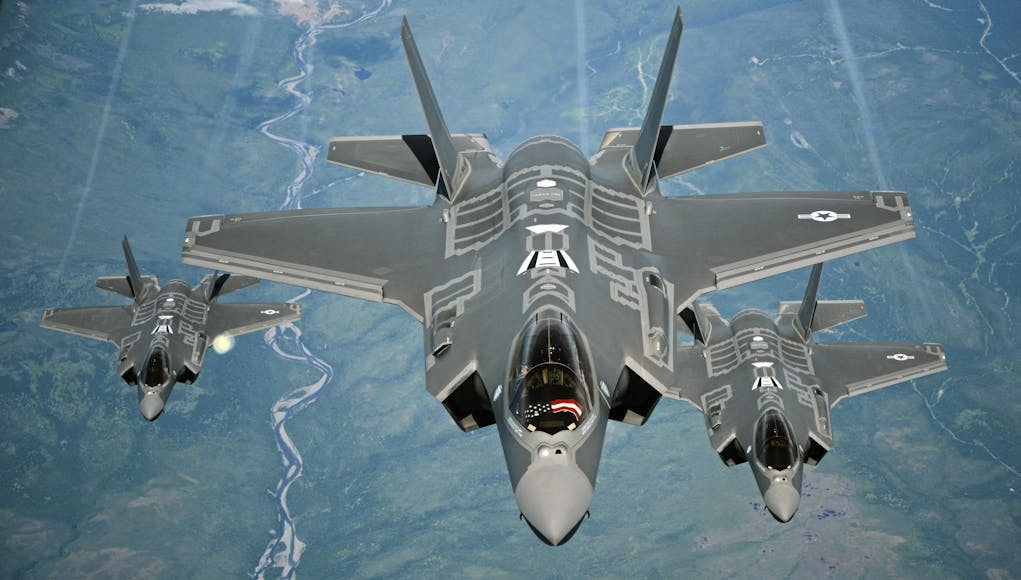



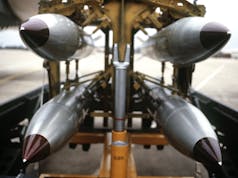

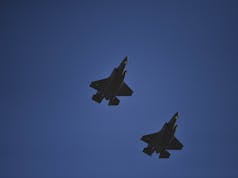


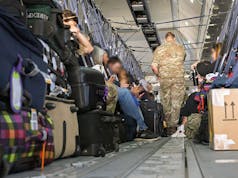
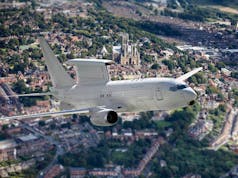

What’s with “Old Glory” on the “dash board”. Fair play, but shouldn’t he be towing a caravan with such nonsense?
WTF?
Exactly!
I suppose he’s got “honk if you’re horny” as a bumper sticker.
Since they’re a country without a royal family like ours, the flag itself is elevated in symbolism and national pride, they have it tacked to the ceiling inside chinook helicopters too.
Hi Greg, this is a common thing globally.
I know UK Defence Journal, I’m just trying to add a bit of wit.
Sigh
David Anthony Simpson . I’ve been commenting on here for a long time, I am in full support and awe of the F-35 and the new carriers. I suppose my comment was, in part, a protest to the haters….
Greg Holden, if you comment regularly you’ll find that David takes a fairly hard line on a little banter. Facebook is a very serious medium…
Send them into Syria for the bants
Funny?
Strafing islamists with the GAU gun: sweeeeeet!
Can’t wait to see one on a bombing run from one of our carriers
See how stealthy they are against isis
What weapons are integrated? Gun and AiM-9X (external) I’ve seen mentioned here. What else is certified operational right now?
– All the GBUs
– All the JDAMS
– The SDB-1
– AIM-9X
– AIM-120
Essentially the basics you need for air-to-air, bombing & CAS
Next up for integration will be the SDB-2 & the JSOW
Thank you Joe.
Sorry that this isn’t light banter, but did anyone else notice an interesting little statement of strategy from Carlisle that the f-35 can go where legacy aircraft cannot. This is something people forget when they are ranting about dogfighting and turning circles. With stealth, the f-35 can be used where you could not risk any of the still high number of legacy planes, and then, when the f-35 has done its job of suppressing defences, you *can* risk legacy planes in that area.
In other words, the f-35, used right, can give you a bonus of legacy planes because it makes them more survivable. Not rocket science, I know, but I think there is a hint there that we will be seeing the f-35 used in this role fairly soon. They *have* to do this in order to justify the plane, and that is also a strategic thing to do, given the cost of the program.
Bit of an odd question, but what purpose do the various grey markings serve on the top?
I assume they are welding seams that have been coated in a radar absorbent material?
As far as I can guess, they’re panel markings to find the various access panels. I’m most likely wrong, but they’ll most likely be gone when they enter service
Ethan Thomson Cheers – They’re on the leading edge and trailing edge of various surfaces as well, wondering if they’re a particular material for some purpose such as wear testing, etc.
RAM – radar absorbent material
I thought it might be RAM, but it’s only in certain spots. Means the jet is only stealthy where that tape like material is applied.
If it is RAM then I don’t think your conclusion necessarily follows. I suspect that the main panels are pre-treated but when fixed together (welded or otherwise) the joining/welding process might locally damage the coating close to the joints. If there is any welding then the welds will cause distortions which if not ground down would disrupt the smooth surface and cause radar reflections and if ground down (as I suspect they would be) the grinding would cause damage to the coating. My guess is this is what the tape is covering to make good the damage in stealth terms and all the rest is not upset by the manufacturing process and so is able to retain its smooth and radar absorbent properties.
just edge coatings..
Not just on edges though? Guess perhaps the top behind the cockpit is covering the edge of the liftfan doors?
The whole ever all surface had RAM type materials but sharp edges and gaps need additional treatment.
Any joint where where two pieces of “Sheetmetal” (and it ain’t sheetmetal anymore) meet is subject to gaping, vibration, flexing, and sometimes, actually separating from each other in the course of the aircraft’s operation.
Mr. Simpson is correct. Those edges require a different (perhaps additional) type of material to reduce their reflection potential. Tricky stuff.
Dynamic surfaces require much more effort (specialized materials research) to achieve low observable characteristics in line with those of the rest of the aircraft’s surfaces.
These “Perimeter Materials” make the aircraft stand out, visually, at close range. However, that close range visibility is irrelevant at the BVRs (beyond the human eye’s and electro-optical systems effective ranges) that the aircraft will be operating at and engaging targets from on a regular basis.
Cheers, Steve. Was more curious as to why they hadn’t painted it to match the rest of the aircraft.
Fly fly fly.
Chamagne, champagne for everyone!